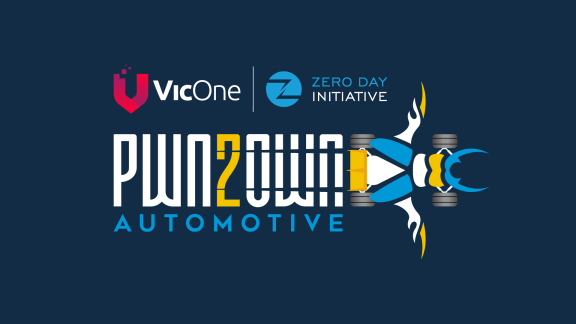
OCA is very excited to announce our OCPP Chatbot in order to help you with technical question regarding the OCPP specifications. This OCPP Chatbot has been trained on the specification of OCPP 2.0.1, the specification of OCPP 1.6 and all the whitepapers. The chatbot is able to help you with your technical questions regarding OCPP. However, please note that we are still in the pilot phase. We need your input to make the chatbot a success, so please fill in the feedback form after using the chatbot.
How does it work?
As mentioned the Chatbot has been trained only on OCPP documents, this means that any question that is not regarding OCPP will not be able to be answered by the chatbot. Keep in mind that the Chatbot is a tool to help you. It does not replace reading the specification or the whitepaper.
The chatbot works as good as the question you ask it. Please find tips to optimize your questions below:
- Be Specific: Clearly define what you need help with. Instead of asking “Can you tell me about OCPP?” specify “Can you explain the smart charging and ISO15118 parts of the OCPP 2.0.1 specification?”
- Provide Context: Include any relevant details that might help in answering your question. For example, “I’m looking for the usecase TC_B_30_CSMS in the provisioning part. Can you give me a short description?”
- Use Concise Language: While it’s important to be specific, try to keep your questions concise. Avoid overly complex sentences that might confuse the main point.
- Ask One Question at a Time: If you have multiple questions, consider asking them separately. This helps ensure each question gets the attention it deserves.
- Clarify Your Intent: If you’re looking for a specific type of answer, such as a summary, a detailed explanation, or examples, mention that in your question.
- Mention Any Preferences: If you have any preferences for the information, like a focus on certain aspects or a particular viewpoint, state them clearly.
- Check for Ambiguities: Before submitting your question, check if it could be interpreted in more than one way. Clarify any ambiguities to get a more accurate response.
- Use Proper Terms: If you know the specific terms related to your question, use them. This helps in fetching precise information.
- Limit Open-endedness for Complex Topics: While open-ended questions are great for discussion, they can be too broad. Narrowing your focus helps you get more detailed answers.
- Be Patient with Follow-ups: If the initial response isn’t quite what you were looking for, feel free to ask follow-up questions for clarification or additional details.

